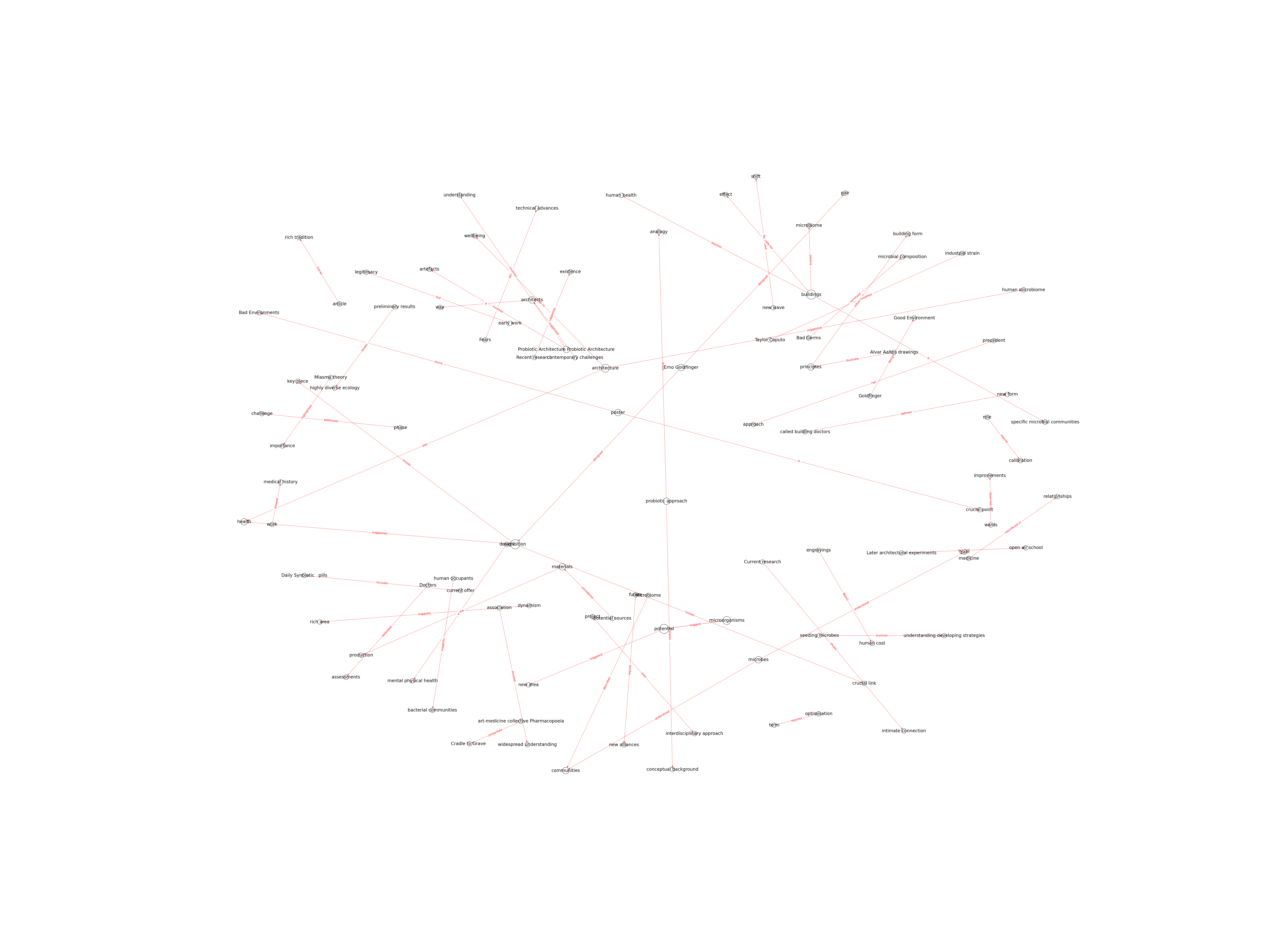| Id | 533 | |
| Author | Ramirez-Figueroa C., Beckett R. | |
| Title | Living with buildings, living with microbes: Probiosis and architecture | |
| Reference | Ramirez-Figueroa C., Beckett R.; Living with buildings, living with microbes: Probiosis and architecture ;arq: Architectural Research Quarterly vol:24.0 issue: 2 page:155.0 |
|
| Keywords | ||
| Link to article | https://www.scopus.com/inward/record.uri?eid=2-s2.0-85091663327&doi=10.1017%2fS1359135520000202&partnerID=40&md5=d998850f335f30e744c7a16ce4560ab5 |
|
| Abstract | In this paper we establish a dialogue with Living with Buildings to contextualise NOTBAD (Niches for Organic Territories in Bio-Augmented Design), a multidisciplinary research project at the intersection of architecture and microbiology, sited within a wider historical discourse connecting architecture and health. Living with Buildings (2018) was organised by the Wellcome Trust to trace the changing landscape of health and architecture, setting out to show how connections between the ways we feel and the places in which we spend our lives have historically evolved as our ideas about health and disease have changed. Taking our cue from the pieces at the exhibition, we discuss how the eighteenth century saw the emergence of an imaginary of cleanliness linked to miasma theory, locating bad smells and odours as the origin of disease and resulting in the adoption of rituals of purification in buildings. Treatments of plastering, coating and whitewashing popularised in the nineteenth century are testament to a shift from olfactory to visual codes of hygiene and to the antibiotic turn in architecture. We extend the historical analysis to suggest that architecture finds itself at a crossroads. Although there is a growing understanding of how much architecture influences our wellbeing, architectural thought still clings to the antibiotic turn. Following the tradition of exchange between architecture and medicine, we propose the notion of Probiotic Architecture as a way of framing the shifting understanding of health in architectural design, suggesting that the microorganisms that colonise humans (the human microbiome) and our built environment (the built environment microbiome) have the potential to influence our health and the resilience of our buildings. Against the backdrop of the design research project Niches for Organic Territories in Bio-Augmented Design (NOTBAD), we suggest the need to reverse notions that all microbes are bad, to and propose instead materials and prototypes that encourage benign microbial growth. © 2020 The Author(s). Published by Cambridge University Press. |
|
| Metodology | Technique |

Note: Due to lack of computing power, results have been previously created and saved in database


